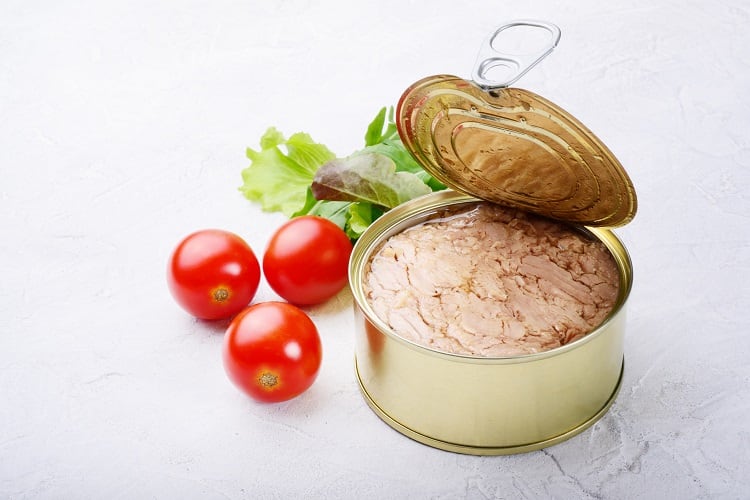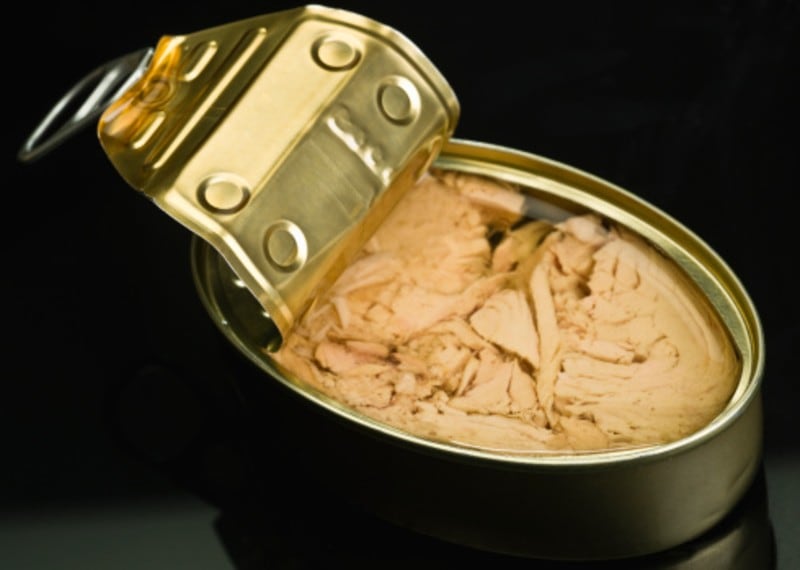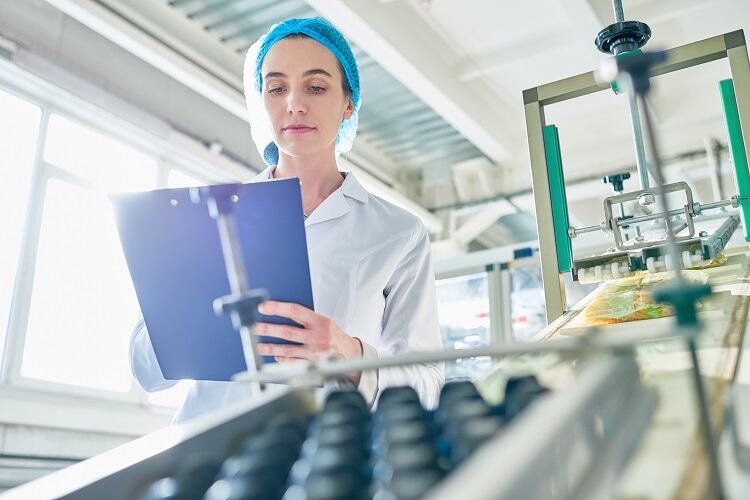To limit global warming to 1.5˚C, as per the 2015 Paris Agreement, greenhouse gas (GHG) emissions must halve by 2030 and drop to net zero by 2050. This week, Thai Union says it has become the ‘first’ seafood processor to set science-based targets for reducing emissions that align with the Paris Agreement.
“As the first global seafood company to set goals verified by the Science Based Targets initiative (SBTi), we will drive the deployment of new environmental data collection tools and help deliver a net zero economy,” Adam Brennan, chief sustainability officer at Thai Union Group told FoodNavigator.
“From farms, factories and forests to open sea fishing and aquaculture, we will accelerate our path to a healthier and more sustainable world.”
What is SeaChange 2030?
Thai Union is considered the global leader in seafood. Boasting brands such as John West, Chicken of the Sea and Petit Navire, the multinational is the largest producer of shelf-stable tuna in the world and the biggest importer of shrimps in the US.
Like all big food companies, Thai Union is facing mounting pressure to reduce its greenhouse gas (GHG) emissions. It should be noted that the seafood industry is responsible for fewer GHG emissions compared to its land-based counterpart: a 2018 study published in Nature Climate Change, titled ‘Fuel use and greenhouse gas emissions of world fishers’, found that the global marine fishing fleet produces GHG emissions equivalent to 4% of the total emissions from global food production.
Thai Union’s net-zero ambitions fall under its newly launched SeaChange 2030 sustainability plan. The strategy includes setting ‘aggressive’ goals to meet by 2030, which Thai Union believes are the ‘broadest reaching’ in the seafood industry.
“These are our first net zero goals. Over the past few years, we conducted our first full greenhouse gas inventory, including scope 3 emissions from across the full supply chain, and submitted our commitment letter to the SBTi stating our intention to announce near-term and long-term climate targets,” explained Brennan.
“With SeaChange 2030, we are now able to publicly share our goals.”
The company says its commitments are designed to help reduce carbon; minimise waste; safeguard ecosystems; ensure safe, decent, and equitable work is a reality across the food chain; and advance a healthier world.
What are scope 1, 2 and 3 emissions?
Scope 1 emissions refer to greenhouse gas (GHG) emissions made by a company directly, for example those associated with the running of processing machinery or vehicles; Scope 2 emissions are those made by a company indirectly, for example through electricity use; and Scope 3 emissions are those a company is indirectly responsible for within its value chain, such as via ingredient sourcing or transportation fuel.
Focusing on net zero, rather than carbon offsets
Under the SeaChange 2030 sustainability plan, Thai Union is committing to reduce scope 1, 2, and 3 GHG emissions by 42% by 2030, and to achieve net zero emissions by 2050.
These commitments contain two near-term targets that align with the SBTi methodology. One target is for Thai Union’s own operations covering scope 1 and 2 emissions, while the other is covering the value chain’s scope 3 emissions, explained Brennan.
“Thai Union selected the highest level of ambition for our scope 3 emissions target, which means that it is aligned with the 1.5˚C pathway and the Paris Agreement. Aligning with this agreement means both targets are -42% against a 2021 baseline.”
When formulating this goal, the company said it knew it was important to ‘take on the challenge’ and extend its targets across the value chain. This means ‘significantly’ reducing emissions from owned activities, purchased goods and services, fuel and energy related activities, and upstream and downstream transportation and distribution.
From a sourcing perspective, Thai Union plans to ensure zero deforestation across its value chain, as well as reducing farm operations’ energy use, utilising alternative feed ingredients, and exploring zero and low carbon fuel technologies.
“In our production, we’ll phase out coal from our operations, install more renewable energy and increase energy efficiency. We’ll also look to ensure recyclable packaging is recycled and reduce the demand for raw materials.
“All these planned initiatives will lead to absolute reductions, which is our focus rather than relying on carbon offsets.”
Sustainable sourcing of raw materials
Thai Union has pledged to ensure 100% of both wild-caught and farmed seafood will be produced responsibly or in an improvement programme, as well as with responsible practices based on the company’s safe, decent and equitable work commitments.
As it stands, Thai Union considers 81% of its wild-caught seafood is currently produced responsibly. This is made up of 28% currently certified by the Marine Stewardship Council (MSC), 13% in assessment, and 40% under fishery improvement projects (FIPs).
For farmed seafood, 61% is sourced responsibly for Chicken of the Sea Frozen Food (COSFF), and 35% is currently sourced responsibly in Thailand.
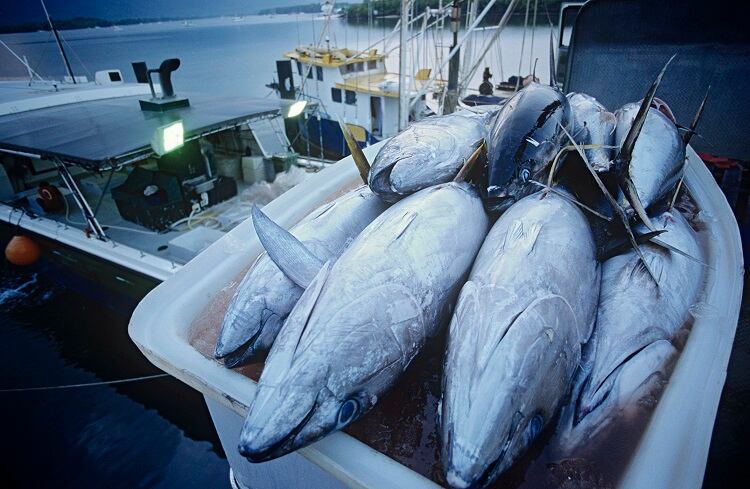
The seafood major is also committing to sourcing 100% certified sustainable soy and palm oil, ensuring zero deforestation and conversion across its supply chain.
The company plans to use several certification bodies, such as Round Table on Responsible Soy (RTRS) and ProTerra, which meet a minimum threshold on issues such as legal compliance, responsible working conditions, environmental responsibility, good agricultural practices, respect for legal land use, and protection of community relations.
Thai Union’s own feed operations currently use 74% certified Best Aquaculture Practices (BAP) feed. “We will continue to work with our feed operations to meet these new commitments, while also extending the scope to include all feed producers in our supply chain.
“Our initial focus will be on enhancing traceability to better understand the status quo, the risks and opportunities to drive improvements.”
Unwrapping packaging commitments
Packaging is a significant contributor of GHG emissions. For food products (produced on land), packaging is thought to account, on average, for around 5% of the energy used in the life cycle of a product. Ensuring packaging recyclability helps reduce this impact.
Thai Union has announced a commitment to ensure recyclable packaging for 100% of its branded products by 2025 and for 60% of private label products by 2030.
Currently, 86% of its branded products are packaged using sustainable materials, alongside an average recycled content of 35%.
“At Thai Union, our plan is to drive innovation to ensure our packaging is recyclable, compostable or reusable whilst increasing the use of recycled material,” Brennan detailed.
By advancing its packaging rating system and developing circular economy solutions, the company also plans to reduce pollution from ending up in landfills, extend the life of packages, and enable their responsible disposal.
“Additionally, our holistic strategy includes being active participants and advocates for regulations and government interventions that support effective recycling. Advocating for increased effective recycling closes the gap between packaging materials that are technically recyclable but might not actually be recycled due to national recycling infrastructure limitations.”
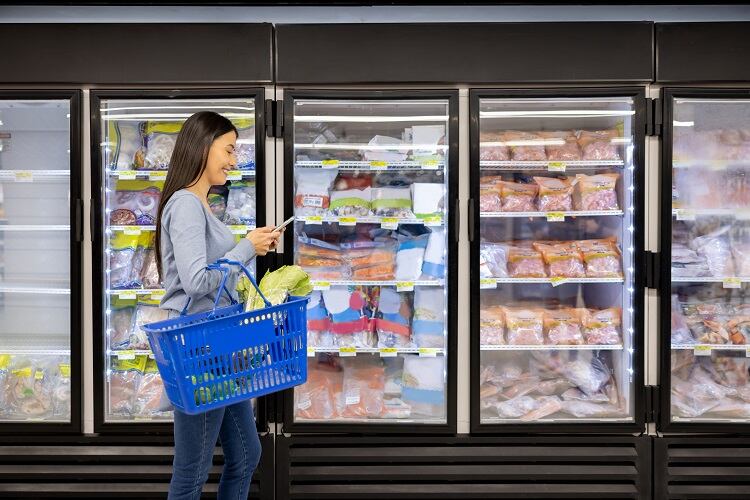
Improving the sustainability credentials of its packaging will also help mitigate plastic pollution. Thai Union has pledged to divert 1,500 tons of ocean-bound plastic from entering waterways and oceans through avoidance, mitigation, and removal.
“Our holistic approach includes pollution prevention through new innovations, driving awareness through education, converting to more sustainable packaging materials and the use of interceptors in waterways.”


